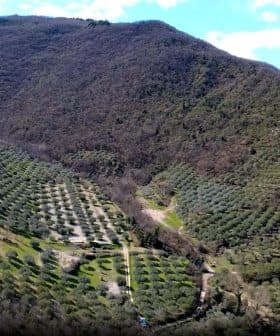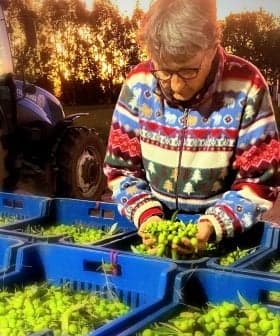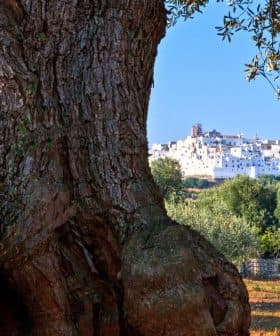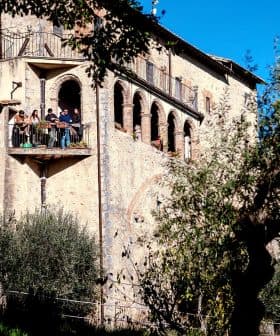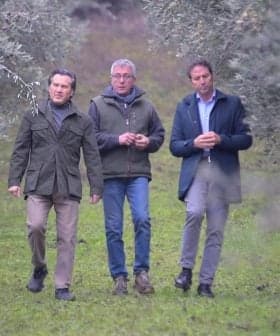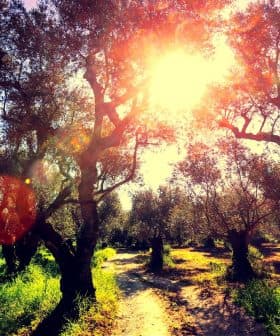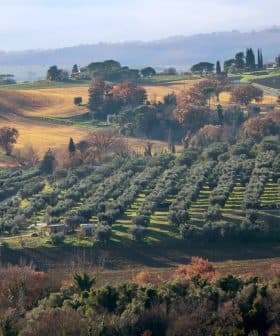 8.9K reads
8.9K readsProduction
A Carbon Credit Market in Italy Provides New Revenue Streams for Olive Growers
A new project in Italy aims to reward olive growers for capturing carbon dioxide, offering a solution to offset carbon footprints. The Alberami framework allows businesses to buy carbon credits from olive growers, with the potential for significant growth in the carbon credit market.
Olive trees have an extraordinary ability to capture carbon dioxide from the atmosphere and store it in the soil.
A new project in Italy plans to reward olive growers, promoting best farming practices and sustainability while offering small and large enterprises a viable solution to offset their carbon footprint.
When a company sums up the volume of its (carbon) pollution at the end of the year, it can choose to offset it. Within our framework, that means funding olive farmers’ carbon dioxide saving qualities.
The Alberami certified framework allows businesses to buy carbon credits from traditional olive growers.
By selling their positive carbon balance, farmers receive a financial reward for each ton of carbon dioxide their groves capture from the atmosphere. Each ton equals one carbon credit and can be sold on what is known as the “voluntary carbon credit market.”
See Also:Why the U.S. Lags Behind Other Western Nations on Carbon Tax Issue“Buying carbon credits might be useful when a given activity may not substantially reduce its emissions or does so only partially,” Francesco Musardo, Alberami’s co-founder, told Olive Oil Times.
According to the European Union, carbon credit markets are booming worldwide. A host of initiatives that aim to streamline them are, too, given their significant impact on carbon dioxide emissions.
The Ecosystem Marketplace observatory reported a 58-percent rise in the global value of those markets in the last 12 months, with transactions total value reaching €870 million.
At the COP26 climate conference in Glasgow last November, world leaders confirmed their interest in carbon emission markets and laid out plans for a standard set of rules.
According to a recent study by the International Emissions Trading Association and the University of Maryland, those markets could stimulate €870 billion in investments by 2050.
“Any productive activity generates carbon dioxide,” Musardo said. “When a company sums up the volume of its [carbon] pollution at the end of the year, it can choose to offset it. Within our framework, that means funding olive farmers’ carbon dioxide saving qualities.”
An essential piece of the carbon dioxide olive market is its pending certification at the International Carbon Registry (ICR), which provides ICR carbon credits.
Another key of the project is a popular blockchain technology provider, which guarantees the integrity, safety and privacy of Alberami’s data. Once saved in the system, the information can not be altered.
Born in the Apulian town of Lecce – ground-zero in Italy’s deadly Xylella fastidiosa epidemic – Alberami aims to bring some financial relief to a sector that has gone through significant hardships in recent years.
The carbon credit platform has just opened its subscriptions, and dozens of olive growers throughout Italy are taking notice.
“At the moment, we have just about 500 hectares of traditional olive groves registered in our system, but our metrics tell us there will be more than 2,000 a month from now,” Musardo said.
As soon as those numbers reach a minimum given volume of one or two million plants, the olive carbon credit market will go live; carbon emitters will be able to buy credits, and growers will start being rewarded.
So far, the framework has attracted both small growers, which constitute the backbone of Italian olive production, and several more prominent companies.
“Those who adhered so far span from small growers of 1.5 hectares to 150-hectare larger farms,” Musardo said.
To enroll, growers give Alberami a wide variety of information about the trees and methods of harvesting and transformation.
The company asks growers about the location, age, variety and quantity of olive trees. They further inquire about the farm’s cultivation, harvest, milling methods and energy source. Finally, they ask for details about the goal of the olive oil production operation – commercial or domestic use.
“All of this is factored into our proprietary algorithm, which calculates the values related to carbon dioxide capture and storage,” Musardo said.
“Olive growing generates carbon emissions just like any other activity, but the characteristic of the tree and the way it is grown produce, in the end, a carbon positive outcome,” he added. “The olive tree vegetative cycle lasts many months through the year, more than most trees, and practices such as pruning reinforce it and add to its carbon capture qualities.”
“It also produces olives, where the tree stores some of that carbon dioxide,” Musardo continued. “That will end up in olive oil, thus offering a long-term storage cycle which far outpaces those of non-fruiting plants.”
According to the International Olive Council (IOC), the opportunities for olive tree carbon sinks are growing. On average, wrote the IOC experts, “a hectare of olive trees cancels out one person’s annual carbon footprint,” and the current global production of olive oil could absorb emissions of such a large city as Hong Kong and its seven million inhabitants.
It has been calculated that one liter of olive oil production might capture up to 10.64 kilograms of carbon dioxide from the atmosphere.
Once registered as carbon sinks, the Alberami olive grove’s carbon-sequestering capacity will change over time and be measured each year.
“To produce positive carbon credits as the years go by, growers will have to implement their farming activities so that their groves maintain and grow their carbon capture qualities,” Musardo said.
To that end, the company gives farmers a list of good practices that can enhance their groves’ emission-friendly profile.
“That list includes a ban on fertilizers, the suggestion to allow grass to grow under the trees and avoid deep plowing and even suggests turning to organic farming,” Musardo said.
According to the company, organic olive growing is far more rewarding in terms of carbon credit.
“When grown with conventional farming, traditional olive tree placement of a maximum six per six meters can produce up to 10 or 12 carbon credits,” Musardo said. “The same tree grown organically will absorb more than two or three times that quantity. This might give new financial incentives to go organic to many growers.”
According to data published by the Institute of Services for the Agricultural Food Market (Ismea), only 23 percent of olive groves in Italy are currently certified as organic. Still, this figure far exceeds other major producers, such as Spain or Greece.
“That gives us one more hint about the opportunities that lay ahead for the olive tree carbon credit market in Italy,” Musardo concluded.


